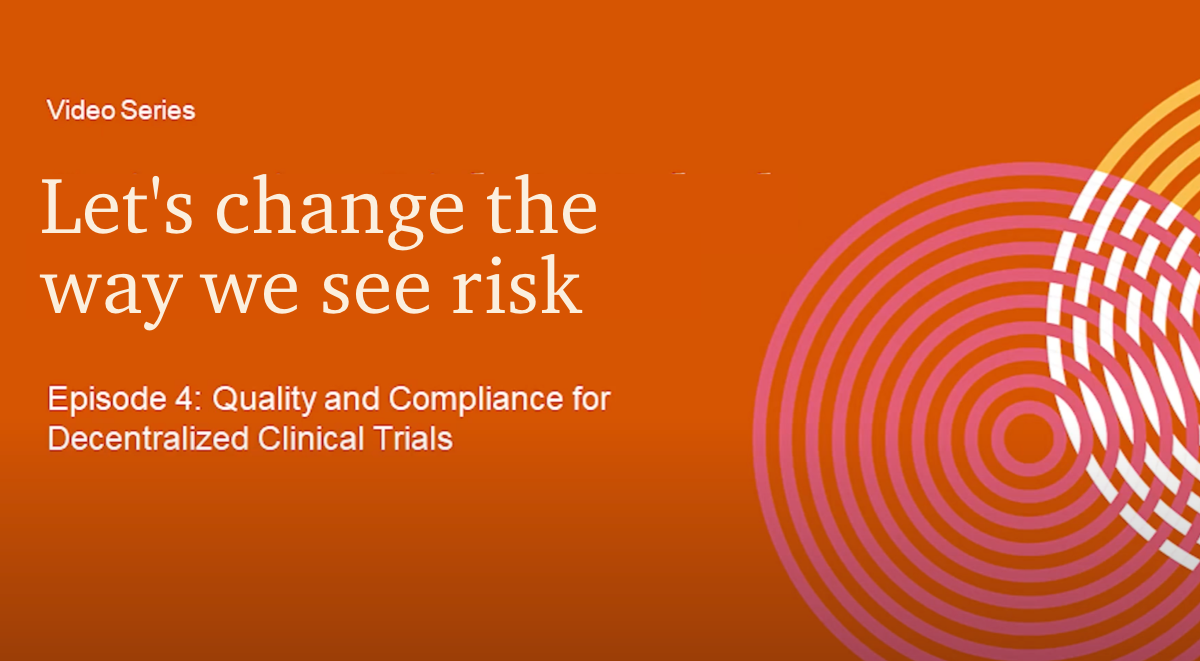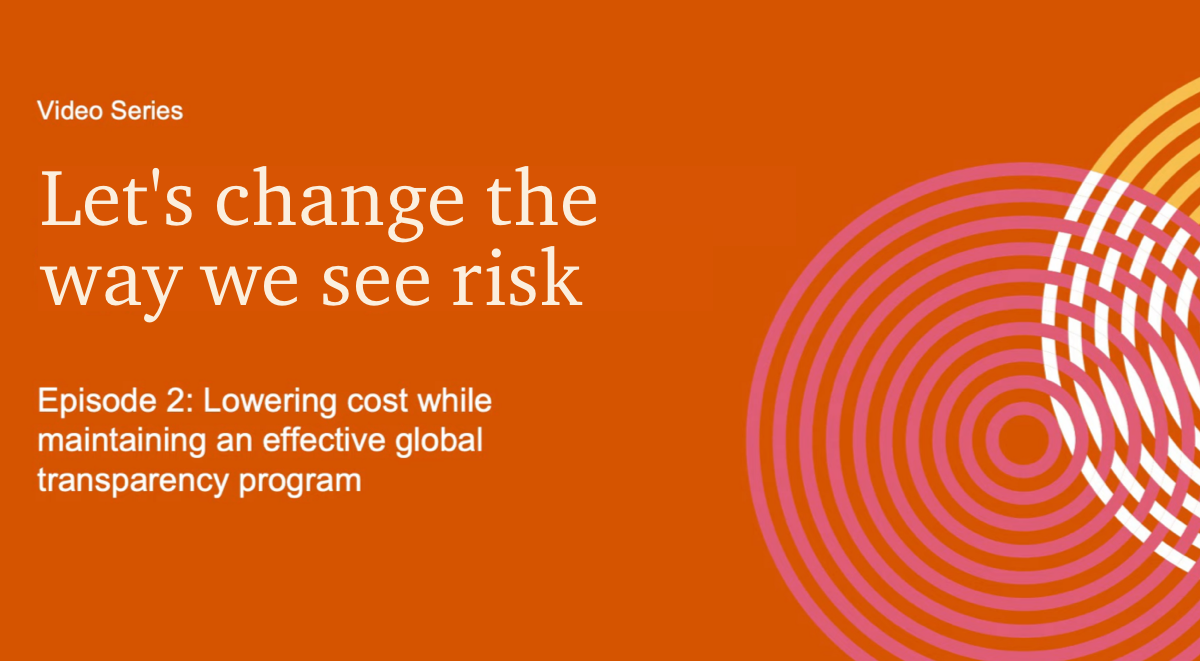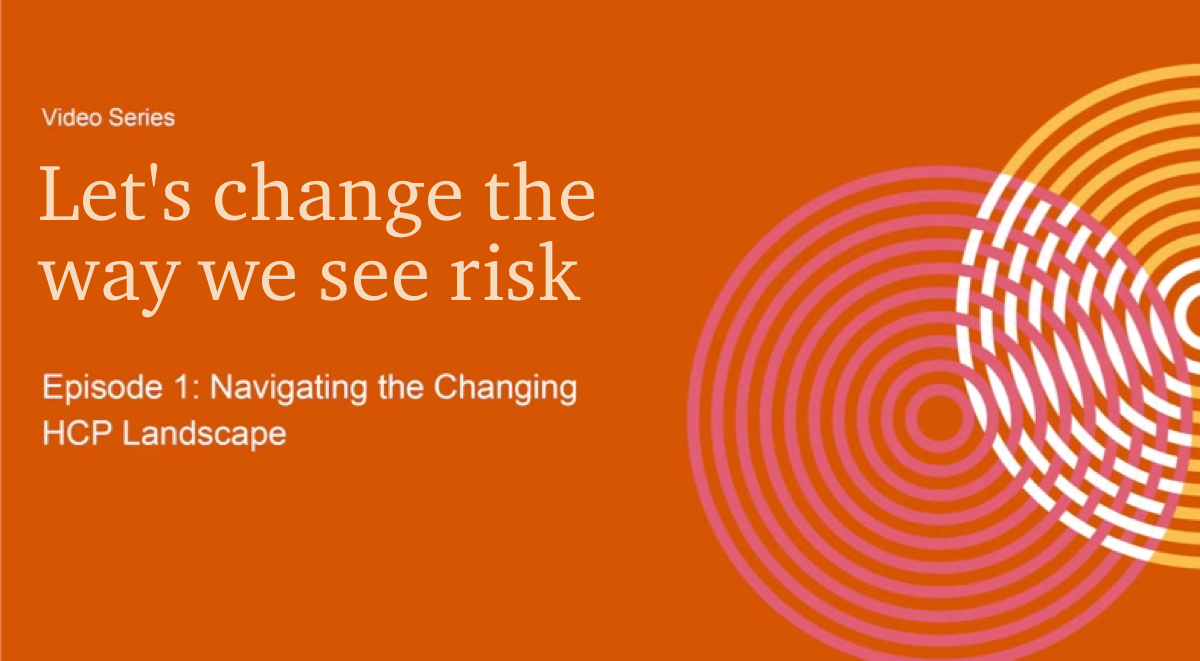Changing the game on compliance monitoring
February 23, 2023
Advancing compliance monitoring capabilities
The increased availability of quality data — and the tools to analyze it — give institutions a glimpse into the art of the possible for compliance monitoring.
In Part 3 of our “Let's change the way we see risk” series, Tiffany Gallagher, Health Industries Risk and Regulatory Leader, PwC US, and Tim Canonico, Principal, Pharmaceutical and Life Sciences, PwC US, discuss compliance monitoring and how to leverage data in its execution.
Regular expectations have pushed many organizations to ramp up use of data analytics in their compliance monitoring activities. Investigations often start when a regulator uncovers compliance issues based on available data. Being proactive can help you identify issues — and solve them — before they become serious problems.
As regulatory requirements and expectations escalate, it’s worth examining how your risk functions leverage data for compliance monitoring purposes and look for opportunities to improve. But the sheer amount of data, and the process needed to actually glean actionable insights from that data, can be daunting.
Upstream data and tech-enablement systems, such as data links, data warehouses, healthcare professional engagement systems, grant medical systems — all collect a substantial amount of data, which has value on its own. But, when stacked together the value increases. You can potentially identify patterns of behavior and suspicious transactions, homing in on key risks.
Dashboards can help users digest and analyze large volumes of data efficiently. However, once the user views the analytics and the time comes to act, moving from dashboard to action can be very inefficient. The problem? Many checklists are still in spreadsheets.
Leveraging electronic checklists in a tech solution can increase real-time monitoring and reaction time when an issue arises. You can close the loop by creating a direct link between how monitoring results influence risk assessment and vice versa, which can help drive efficiency and continued learning in the process. This allows an organization to focus on more high-profile risk areas and automate daily compliance monitoring.
The future of compliance monitoring
Institutions today still rely on local market resources to perform the bulk of compliance monitoring. This can create an issue because highly qualified employees at those institutions spend time on mundane, paper-shuffling instead of high-level advisory tasks that help the business avoid compliance issues.
Combine those inefficiencies with more centralized data at the institutions, and the realization that a remote, tech-enabled workforce can function well in certain situations, and it becomes obvious that the industry is at a tipping point.
It’s time to change the way we perform compliance monitoring.
Instead of poring over reams of data, the compliance officer should receive a report full of business insights, follow-ups and actionable items for the market. This can also be a cost take-out play because you may need less resources doing that work in different local markets.
The future of compliance monitoring combines technology enablement with centers of excellence and increasingly more popular co-source providers to conduct monitoring and drive efficiency. This move can empower institutions to investigate the creation of centers of excellence or co-sourcing solutions to execute the work on a recurring basis. The results? A cost effective and effective compliance monitoring program.
Risk Detect, a PwC product, helps pharmaceutical and life science companies collect and store key data points quickly and efficiently, allowing for real-time documentation of results and real-time visibility for compliance officers and leadership. This leads to faster, proactive risk identification and action frameworks that enable alerts to be managed from identification through remediation. This digital enablement helps drive more efficiency, deliver more value and lower costs — all while monitoring and collecting data consistently over time.
Learn more about how Risk Detect’s scalable transparency reporting platform grows with you to meet your needs today and in the future as requirements change globally.
Check out other related risk management insights


Explore our products
Stay read for new risks and remain compliant with products and technologies designed by industry experts — and built for your needs. Our consultants are here to help you keep your business protected and prepared so you can focus on what's next.
View products
